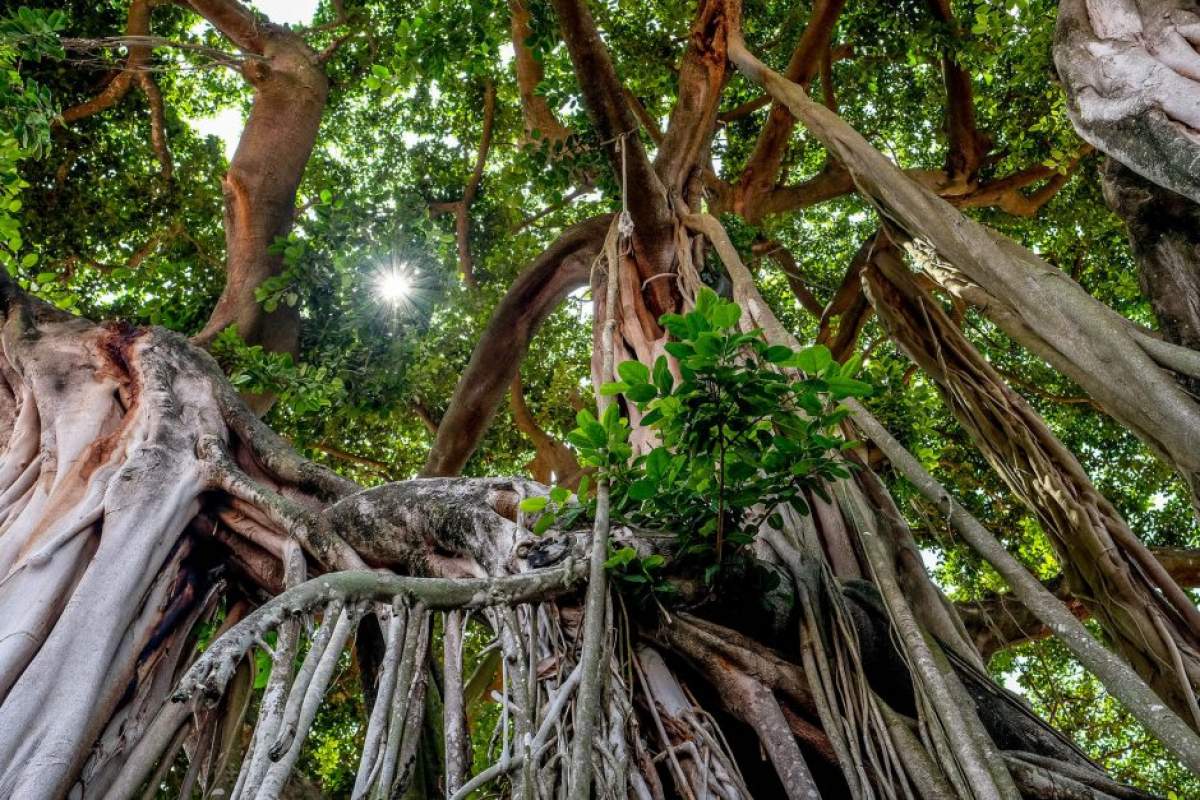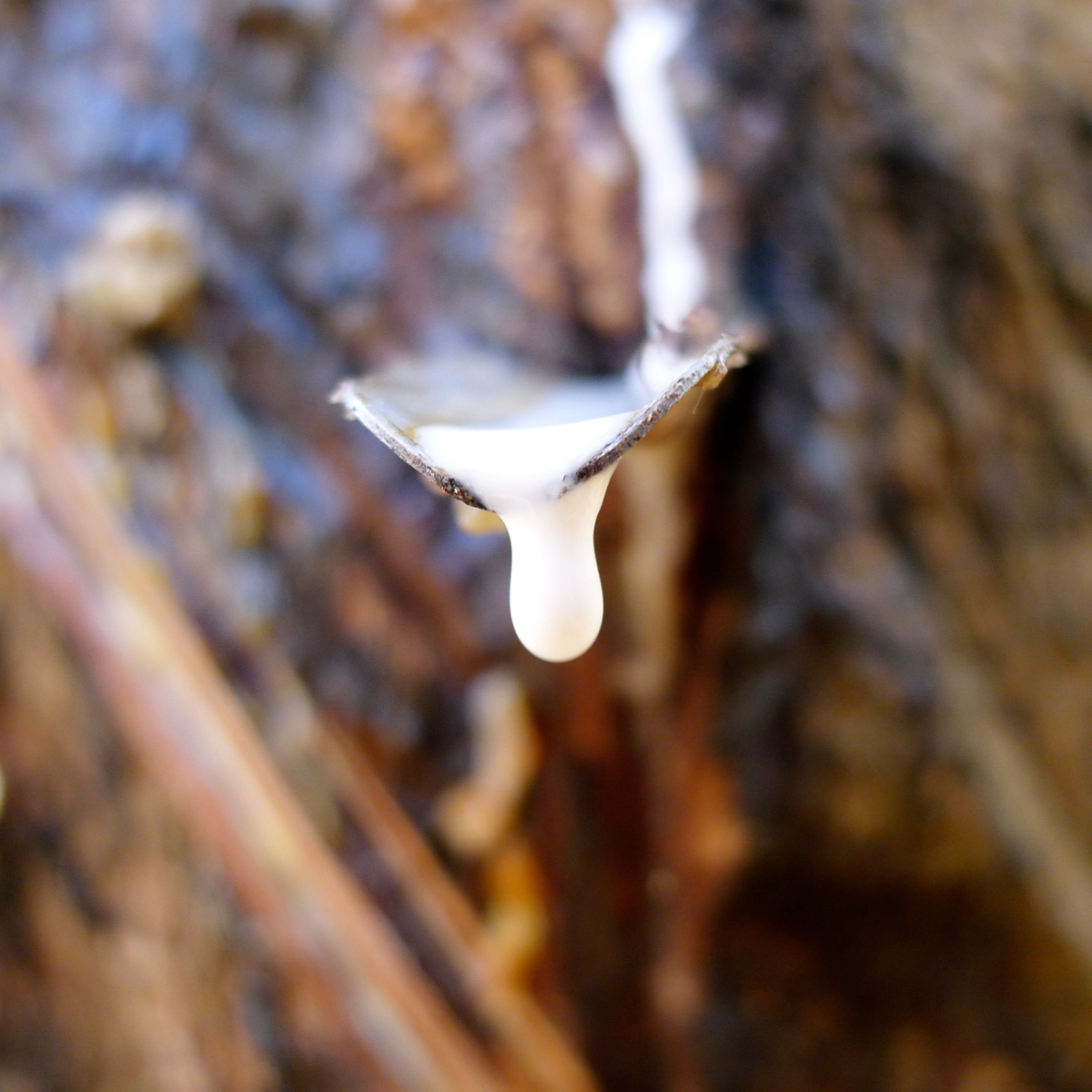Y: Balloons, certain paints, the soles of your shoes, mattresses. No, they’re not items on my shopping list, but they do have something in common: they’re all often made of latex.
D: Latex can be natural or synthetic. Either way, it starts as a liquid emulsion of rubber polymer particles in water; rubber latex is essentially just the solid version of that emulsion. In its original, natural, liquid form, latex seeps from many plants when they’re cut into, almost like sap. It’s runny, usually milky white, and oozes out before eventually coagulating. Most of the world’s natural latex rubber is made from Hevea brasiliensis, commonly known as the rubber tree. While natural latex is usually harvested by slashing the tree’s bark and placing a cup below, you can see natural latex in action in your own front yard when you break a dandelion stem.
Y: So how is this milky plant juice turned into surgical gloves and swim caps? Once natural latex is gathered, workers add acid, remove water, and dry it into thin latex polymer films or sheets. Those films are mixed with a chemical compound of sulphur and heated in a process called vulcanization, resulting in a crosslinked latex rubber network. Today, scientists often make a synthetic version from petroleum, which undergoes a similar process of drying and vulcanizing. This synthetic latex is especially popular in glues and paints because as water evaporates from the coating, the latex particles come together and coalesce, solidifying to become hard and strong.
D: You’ll find latex in some surprising places, too. Natural latex is a component of the drug morphine, for instance, and even some chewing gum.











